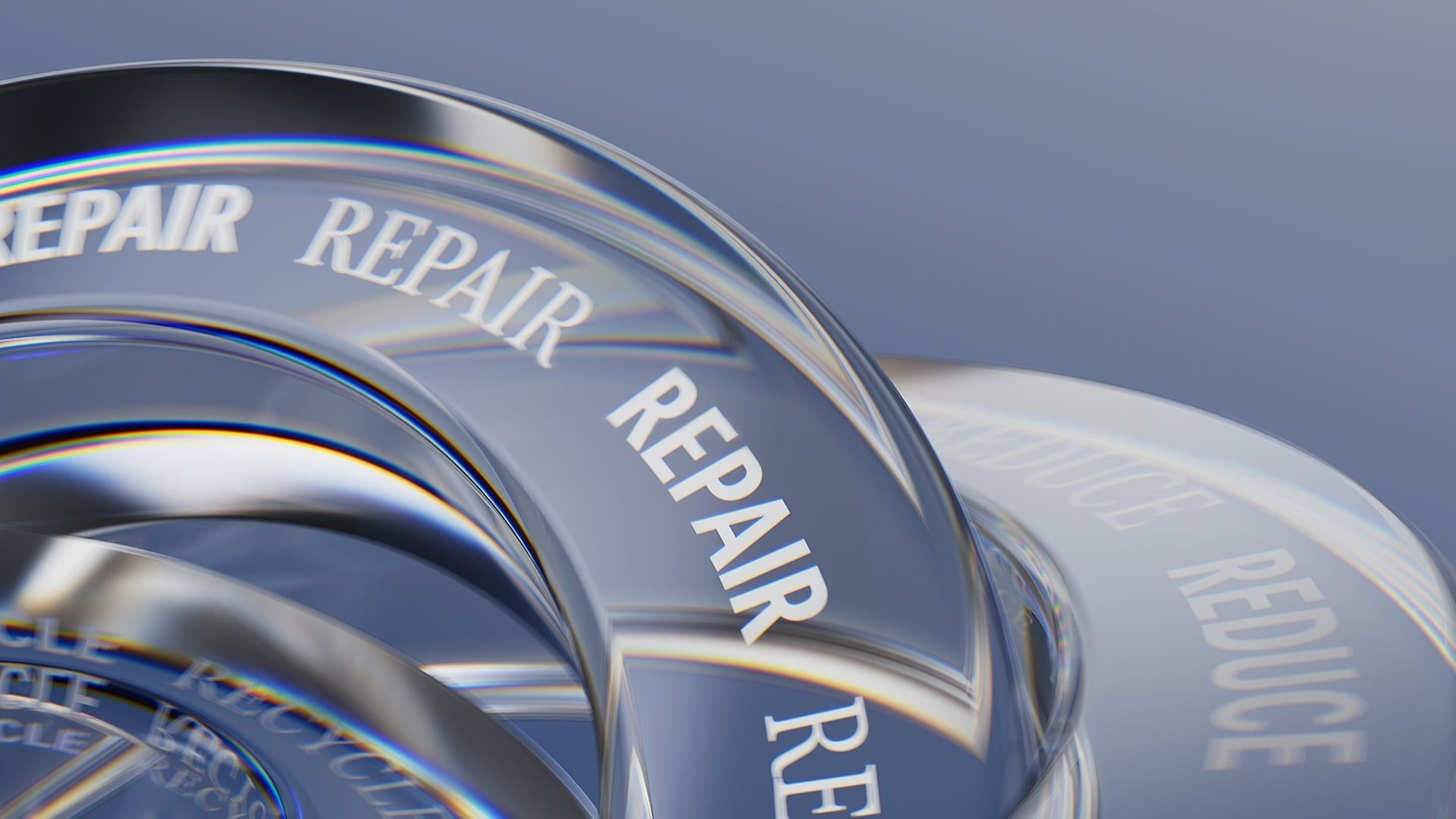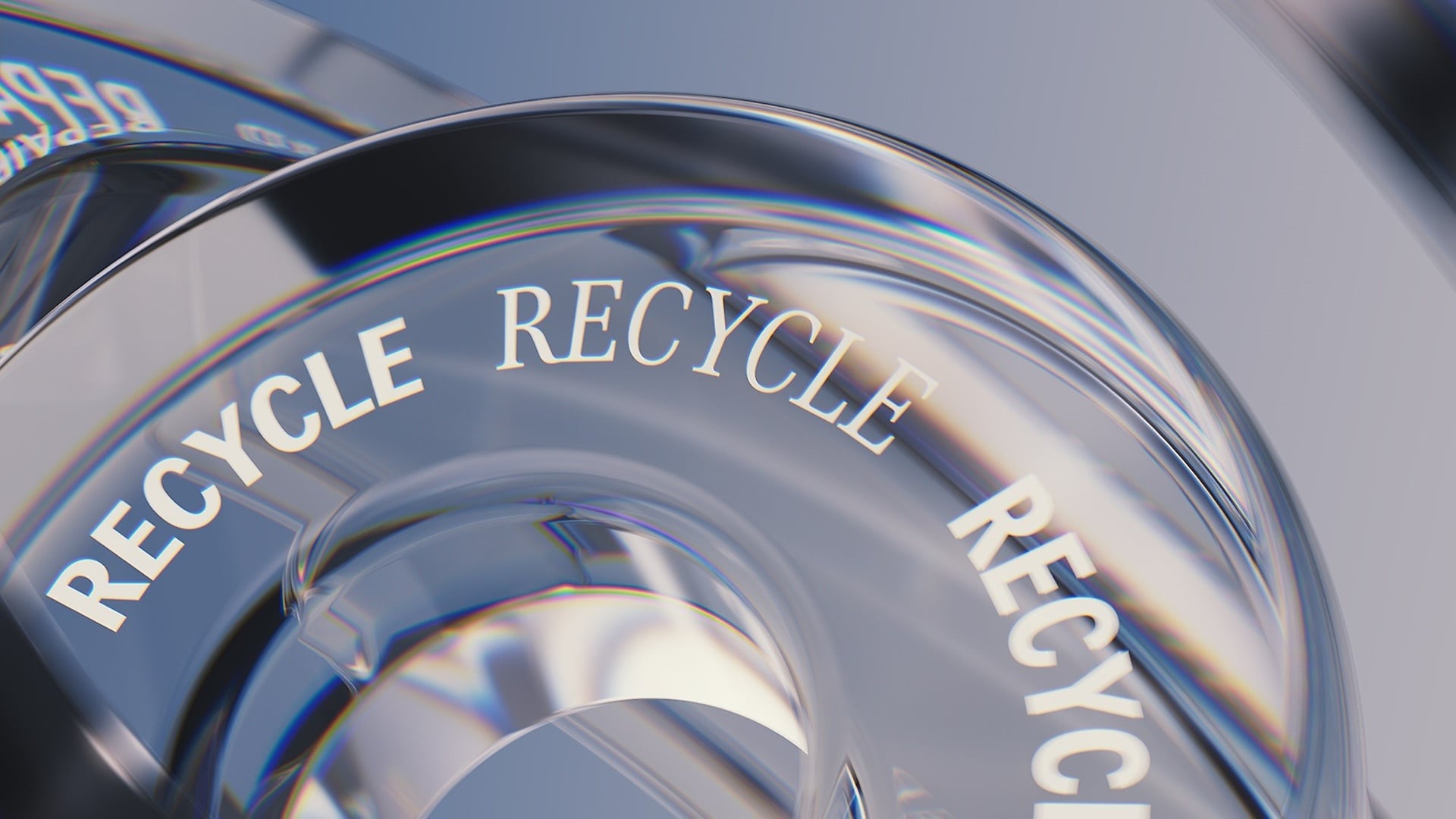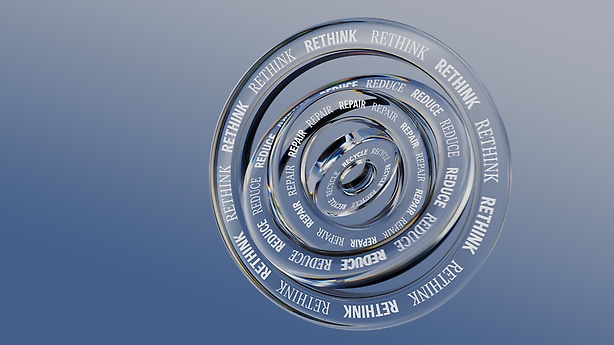Lightweight construction is another key element of resource conservation. Through effective lightweight construction, we make our vehicles more economical and efficient. Intelligent lightweight construction can reduce the weight of a vehicle. To ensure high safety and comfort standards at the same time, the right choice of materials is crucial. Additionally, component design and manufacturing techniques also play an important role.
At 35 percent, the body shell accounts for the biggest share of the total weight of a car with a conventional drive system. This is followed by the chassis at 25 percent, the comfort and safety features at 20 percent, and the engine and transmission at 20 percent. Therefore, it is most effective to focus on the body shell.
In the area of lightweight body construction, Mercedes-Benz is increasingly working with aluminum alloys for exterior parts (hood, fenders, roof, trunk lid) and reinforcement components (hood lining, roof reinforcement). Aluminum is not only lightweight but can also be recycled many times without loss of quality. Its recycling process requires only about five percent of the energy needed to produce new aluminum.
,xPosition=0,yPosition=0.5)




,xPosition=0.8,yPosition=0)